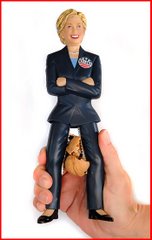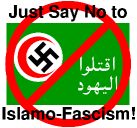MANILA'S JEWS
The little-known story of Manila's Jews By CARL HOFFMAN (JPOST)
Max Weissler, 76, relaxes on the veranda of his comfortable apartment in Hod Hasharon and gazes at the serene, tree-shaded suburban vista that stretches beyond his balcony. His thoughts, however, are not focused on the verdant, sunlit landscape of the Sharon but on the Philippines, World War II, and the horrific destruction of Manila by fire and artillery shells in February 1945.
His knowledge of the subject is intimate and personal, drawn not from history books but seen through the eyes of a then-teenage Jewish refugee from Germany - one of perhaps 1,000 Jews that had fled Europe and escaped the Holocaust by being admitted to the Philippines and welcomed by its government and people.
Born in a small village near the town of Oppeln in Upper Silesia - now part of Poland but then in eastern Germany - Weissler was eight years old when a local policeman warned his father of his impending arrest, a few days after Kristallnacht in November 1938. The family, who had been the village's only Jews, fled to Denmark but were not allowed to stay....
While many people remain unaware that some Jews were fortunate enough to find a haven from the Holocaust in the Philippines, others are often surprised to discover that these Jewish refugees were able to join a small but thriving Jewish community that was already there.
Prosperous and well established, the community could date its beginnings to the final decades of the Spanish colonial period, when Leopold Kahn and three friends known to history simply as "the Levy brothers" arrived in Manila in 1870 from Alsace and established a jewelry store called La Estrella del Norte. Other Jews - mostly from Turkey, Egypt and Syria - followed in the next three decades and set up small import businesses.
It was the Spanish-American War of 1898, however, that brought Jews to the Philippines in significant numbers, as an emergent young United States came to wrest the archipelago - then known as the Pearl of the Orient Seas - from Spain. Jews were well represented in the US army, and some decided to stay on in the country when their service was over. The war also brought other Jews of a more entrepreneurial bent, who descended on Manila to provide the American soldiers with goods and services ranging from the sale of uniforms and medals to constructing a bicycle race track and Manila's first opera house.
Many more Jews arrived after the American victory, establishing Manila's first department stores, importing the first automobile to the Philippines and establishing Manila's first car dealership and radio station, among other contributions.
The community grew with the arrival of more Americans, as well as Russian Jews fleeing the Bolshevik Revolution and the subsequent Civil War. An ornate Moorish style synagogue and community center were built along William Howard Taft Avenue in 1924, and a Jewish cemetery was consecrated a year later. Manila's Jewish community grew and prospered, along with the Philippines, under a succession of benevolent, if somewhat patronizing, American governors running what they regarded as a pleasant, sleepy, backwater US colony in tropical Southeast Asia...



























No comments:
Post a Comment